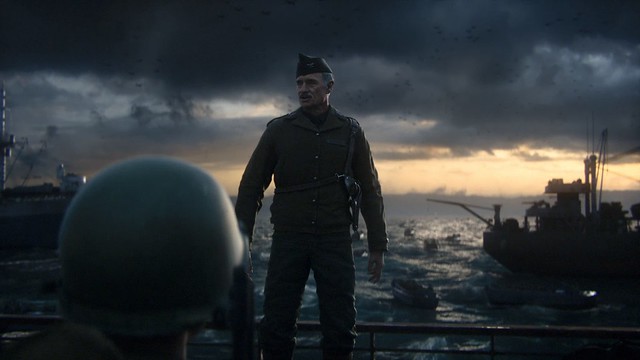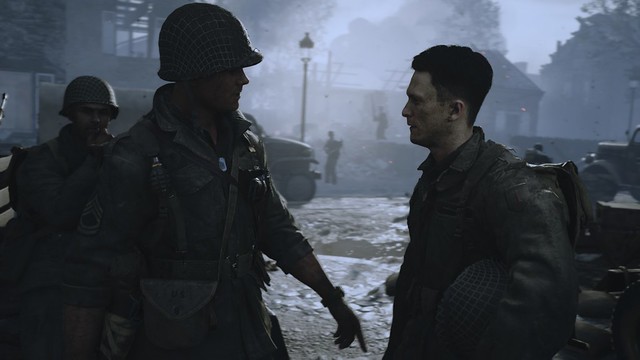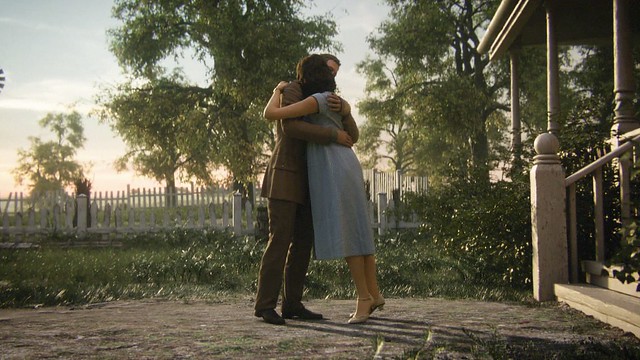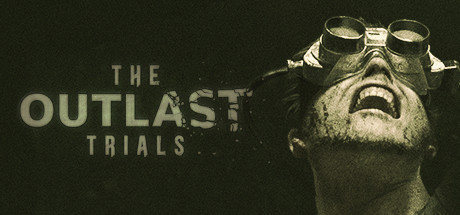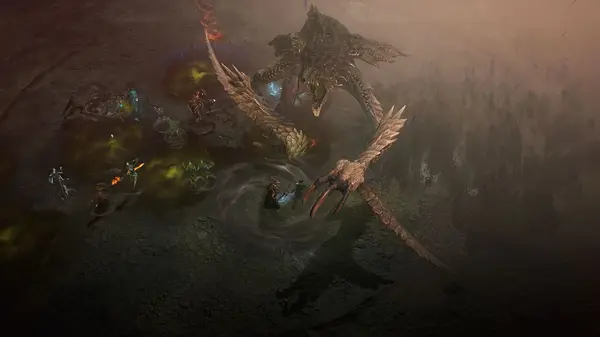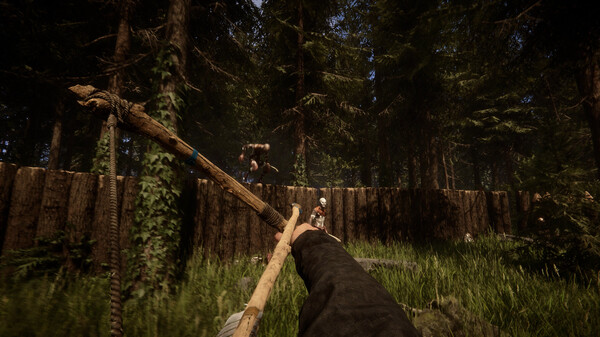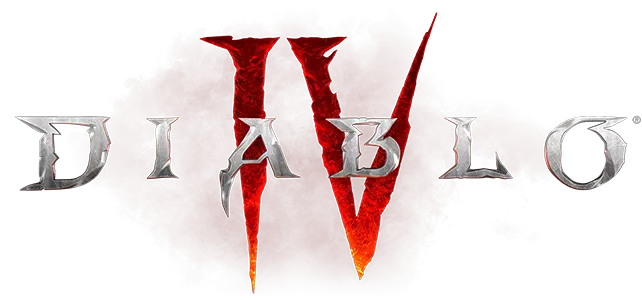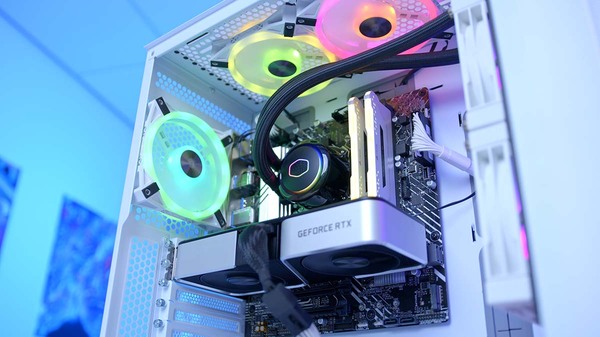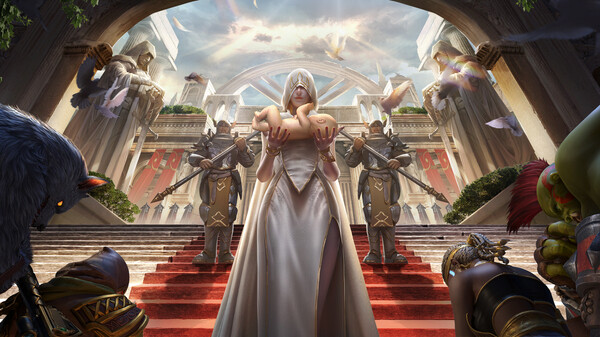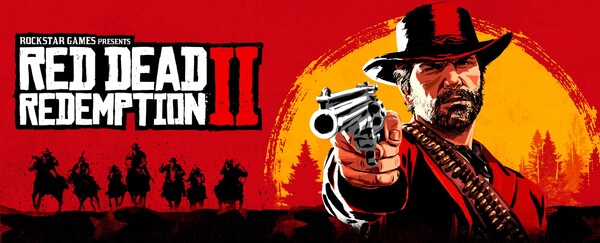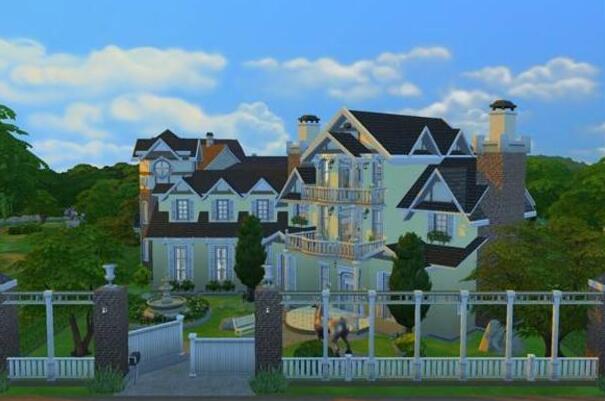[Disclosure: A review code was provided for the contents of this article]
From storming the beaches of Normandy to scrambling desperately up the banks of the Volga or rushing the Reichstag itself, Call of Duty has always excelled in its depiction of the Second World War above all else. Whilst I admit to enjoying Modern Warfare and its sequel, all the Black Ops games and Advanced and Infinite Warfare for what they brought in terms of long term multiplayer experiences, I honestly never felt they represented the same kind of heroic struggle that the original game and its canon sequels did.
The very existence of Call of Duty World War II (WWII from now on) suggests to me that someone at Activision has been feeling exactly the same way. In many, many ways, I can completely understand why. WWII is Call of Duty at its most bombastic, it’s most pompous, it’s most theatrical and the graphical capabilities of current generation consoles and PC systems enable the most appalling war in history to be rendered in all of its gruesome, terrifying 4K glory.
Having been absent from the titular war for almost ten years now, there is a distinct sense that WWII is at least partially a remake of the previous Call of Duty games. You’ll certainly be doing very familiar things at least. That beach at Normandy? You’ll be going up it. Taking out Flak 88’s amid leafy hedgerows? Check. Stealth missions alongside the British Secret Service? Why not? There are certainly variations on the usual themes here, but relatively few bring the same kind of new experience that I had from desperately clawing my way through the bodies of fallen comrades in Big Red One’s Stalingrad without even a rifle, or from the feverish fighting in the Pacific theatre of World at War.
Even so, mercy me, this game looks glorious. I must have missed a beat at some point, because as good as character models and facial features have looked in the last few years, I never thought I would see the day when I could see every wrinkle and blemish on the faces of the soldiers beside me recreated in such minute detail. More impressively, when you shoot down a Stuka or fall from a collapsing church tower, wreckage doesn’t simply disappear in the kind of mock realism that we used to tolerate back in the 32-bit era, oh no. In WWII, you see and feel every flaming, cracking, crumbling piece of scenery as the world burns and crumbles around you. The stage may be the same, but the set dressing has been dramatically overhauled.
Combat, therefore, has real punch. The click, click, click, ping! of an M1 Garand has never been more well realised in my mind, and aiming down the sights and squeezing off a round has never been more satisfying or impactful. The sound effects are perfect and the visual feedback both from the weapons and the (often bloody) reactions of enemies creates real tension. Much like racing games such as Forza Motorsport which create the illusion of realism with their magnificent beauty, so too does WWII. Unless I played on the hardest difficulty level, I never really felt tested by WWII, yet the immersive nature of the experience and the sense of peril it created caused me to creep from cover to cover, peering out and picking my shots carefully.
As well as the missions themselves, another throwback to bygone shooters is the return of a proper health bar. Characters no longer heal automatically and instead must collect health packs which are either left (fairly liberally) around the levels, or tossed by a particular teammate. Ammo can be called off in the same way, as can other level specific bonuses such as mortar strikes. These features are by no means revolutionary, but the introduction of a new gameplay hook is welcome and, particularly on the hardest difficulty, adds an additional tactical consideration.
The campaign mode (which is largely what I’ve written about so far) is entirely focused on the European Theatre of war, with missions ranging from the beach landings to Holland and the Battle of the Bulge, as is the multiplayer mode – excluding any possible DLC that I don’t yet know about. Even so, maps are varied and interesting, with a large selection spanning iconic locations such as Carentan and the Ardennes Forest. Multiplayer also includes the welcome return of the sideshow-turned-main-attraction that is the cooperative game known as Nazi Zombies, as well as an all new mode called War. In this latest mode, players experience a lighter version of the Conquest mode from Battlefield, which is actually perhaps the most groundbreaking feature in WWII.
The multiplayer mode, as you may expect, is perhaps where WWII will see most of its long term play and despite considerable teething problems with the social space not working properly at launch, it’s the usual great experience. A return to boots on the ground gameplay changes everything that players have learnt in the more recent Call of Duty games and for me at least, that is an improvement. Planning, movement and placement as well as swift aim now take precedence over more far-fetched antics and whilst kill streaks still exist, they are now considerably more down to earth. Less is more here, in my opinion.
Nazi Zombies remains a place to let off steam with friends – or a place to find new friends, should you be lucky – and much as it has done in all previous iterations, it is improved in almost every way. Once again featuring a story straight out of the original remake of Wolfenstein, players must survive wave after wave of zombies as they progress through a snowy Bavarian village in search of various artefacts. Better than many games in its own right and easily capable of racking up twenty or thirty hours, Zombies is certainly a feature that I’m happier to have included than excluded.
In the end, whilst I can (and have) criticised WWII for being a bit safe and stale in its selection of levels and the focus on American (and to a much less extend British) troopers, that does at least allow it to tell a cohesive story that is effective at a squad level – just like a Saving Private Ryan or Band of Brothers – in a way that other World War games rarely are. Every map is so incredibly detailed that even though many take place in the same country, they rarely look alike, so it feels harsh to focus too much on that. This is especially true when you look at how much of a package you get overall – a large and very well handled campaign, a near endless multiplayer scene and an improved Zombies mode.
The best way to look at it is like this; we all kind of sigh at the latest Hollywood blockbuster movie trailers, yet whenever we fork out for a ticket and go to the cinema, we are rarely disappointed. That’s because Hollywood knows what we want as well as we do, so that’s what they give us. WWII is just that – its a Hollywood in videogame form. It’s heroism, explosions and escapism with just enough peril and just enough loss to make you feel that the experience mattered. It’s OK to enjoy that kind of thing from time to time, even if it is a little tired.

